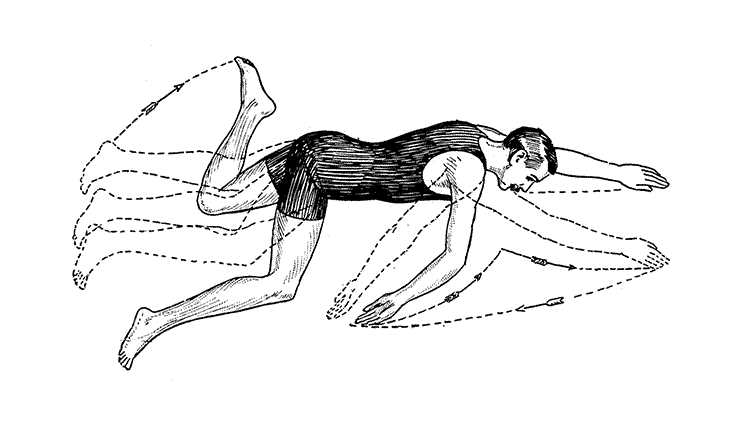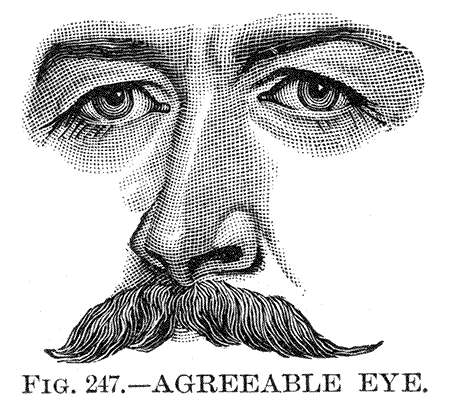upbuilding and edification

A helpful illustration from Swimming Scientifically Taught (1912)
For my part I can well describe the movements of faith, but I cannot make them. When one would learn to make motions of swimming one can let oneself be hung by a swimming-belt from the ceiling and go through the motions (describe them, so to speak, as we speak of describing a circle), but one is not swimming. In that way I can describe the movements of faith, but when I am thrown into the water, I swim, it is true (for I don’t belong to the beach-waders), but I make other movements, I make the movements of infinity, whereas faith does the opposite: after have made the movements of infinity, it makes those of finiteness. Hail to him who can make those movements, he performs the marvellous, and I shall never grow tired of admiring him, whether he be Abraham or a slave in Abraham’s house; whether he be a professor of philosophy or a servant-girl, I look only at the movements. But at them I do look, and do not let myself be fooled….
* * *
We shall never learn what ‘is called’ swimming, for example, or what it ‘calls for,’ by reading a treatise on swimming. Only the leap into the river tells us what is called swimming.
